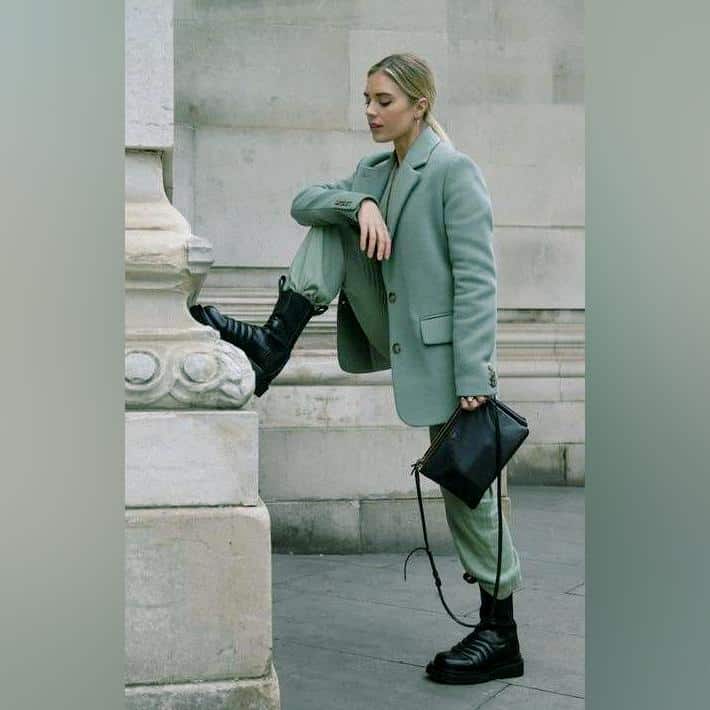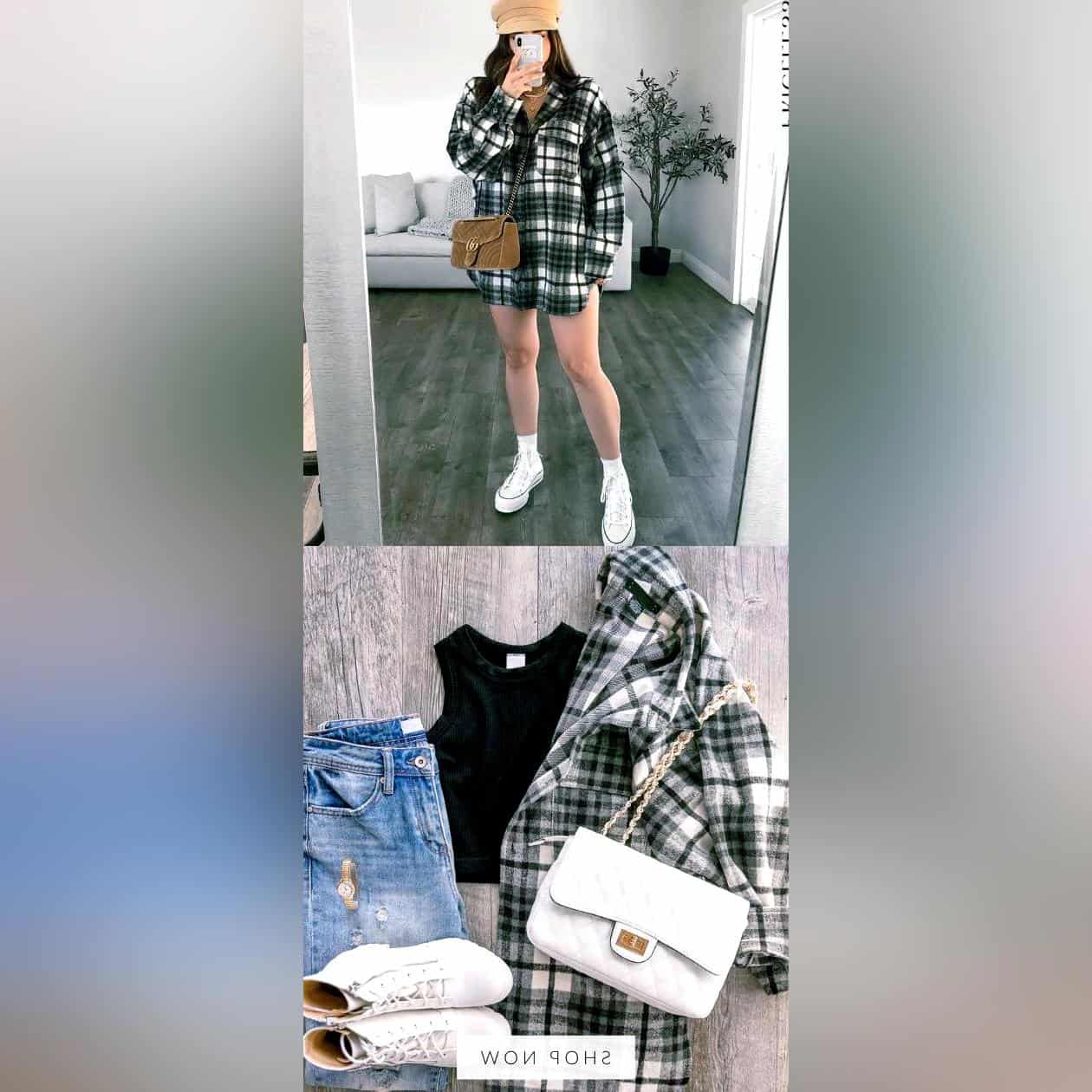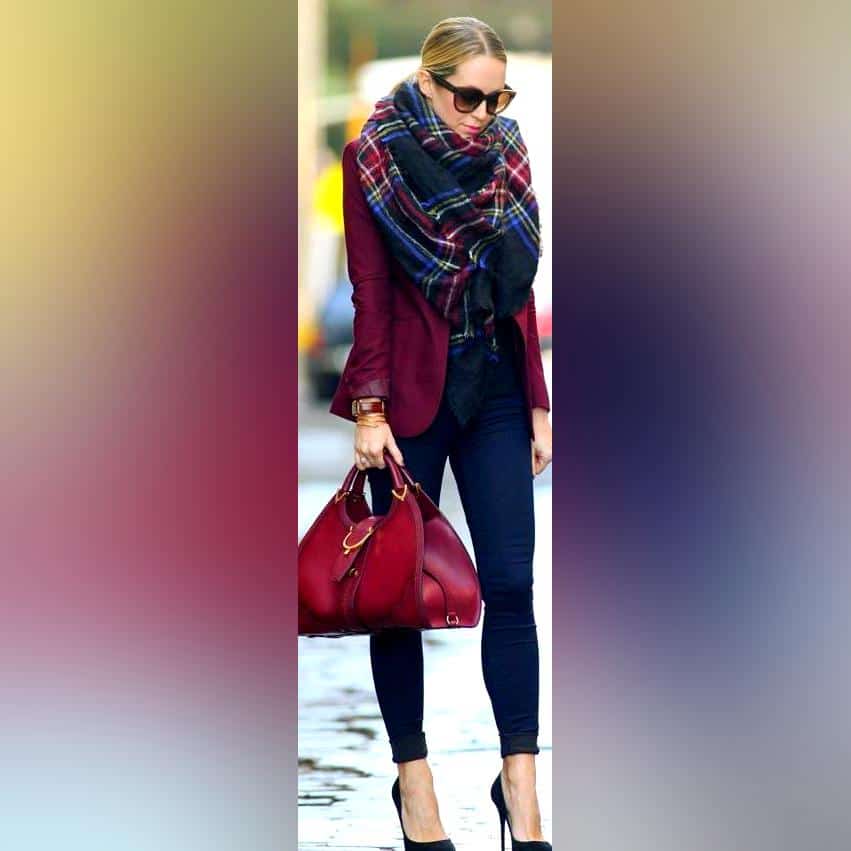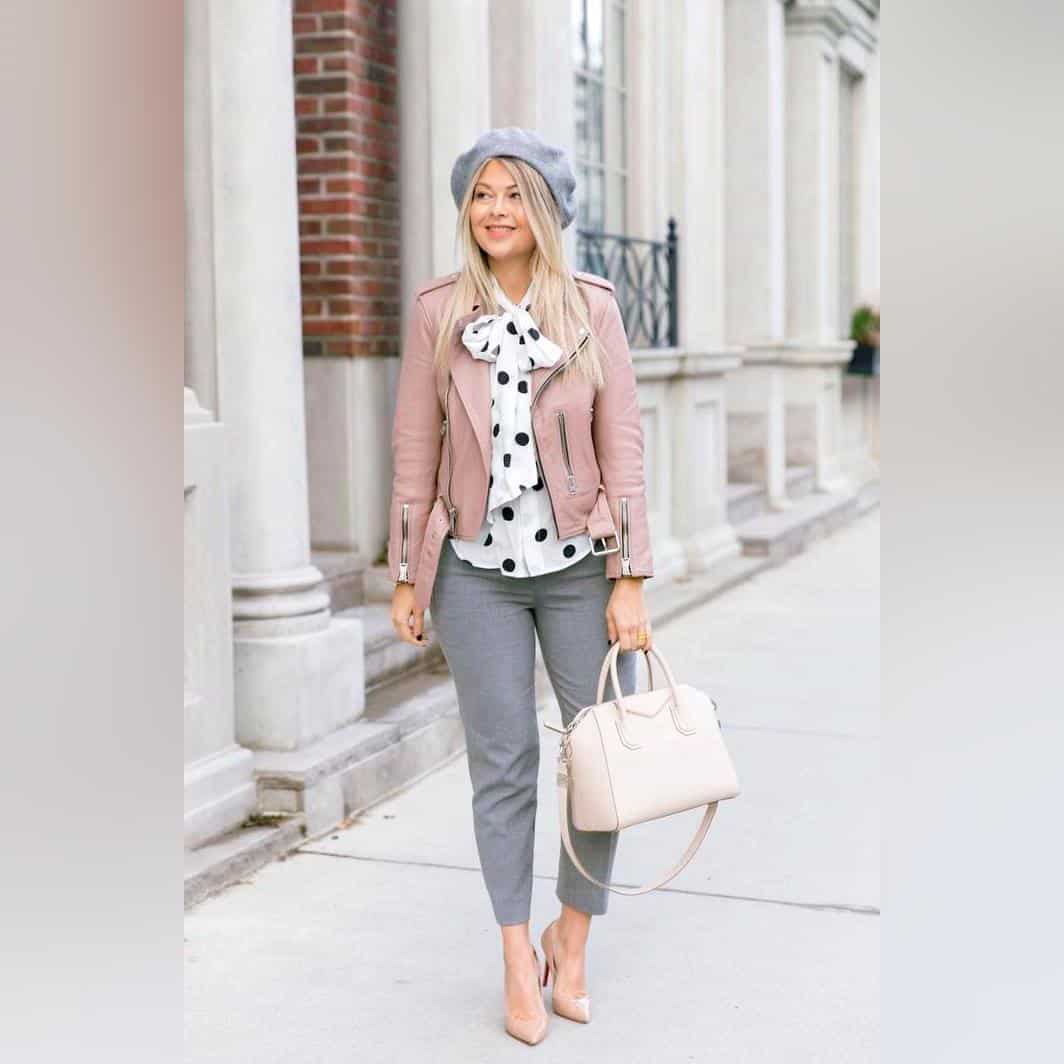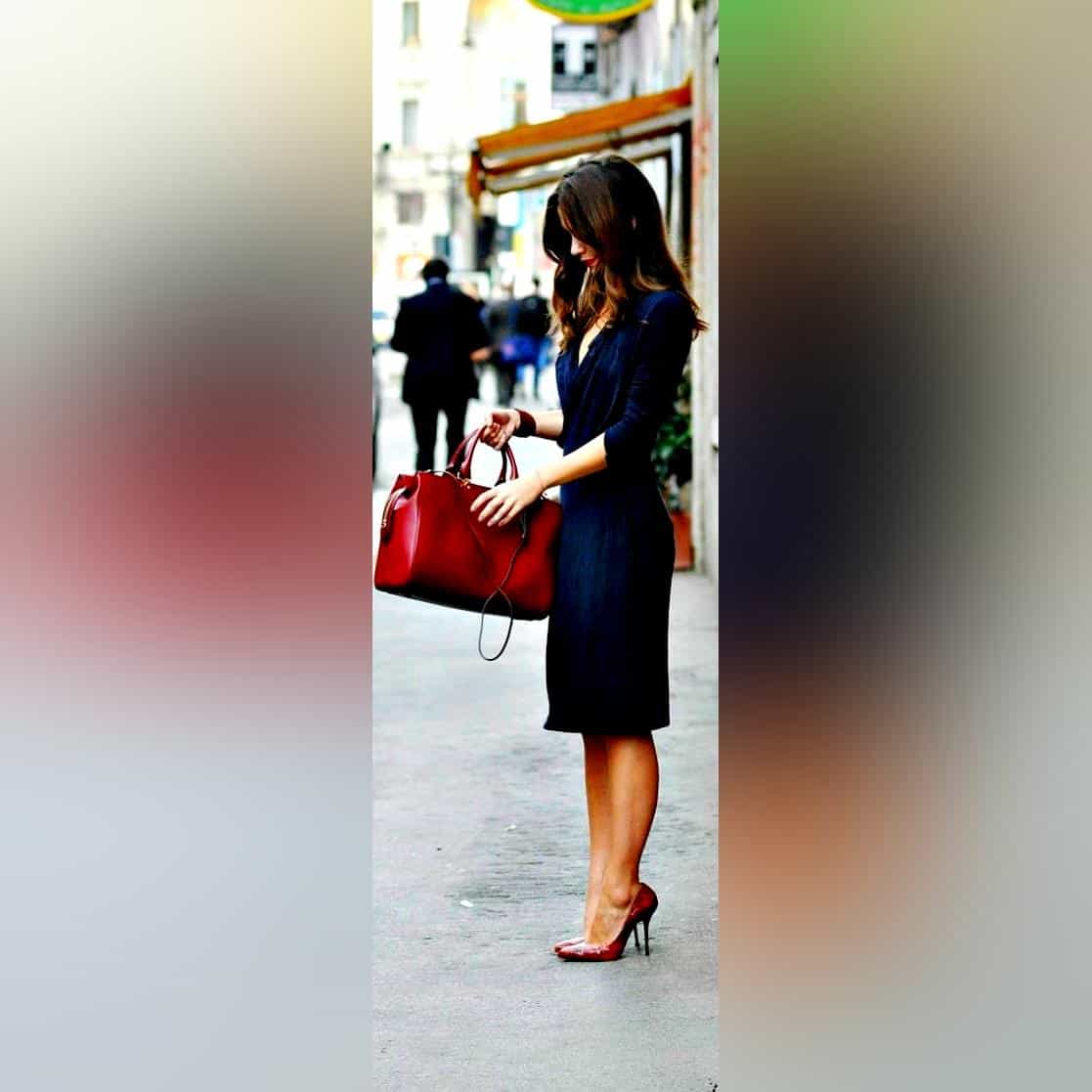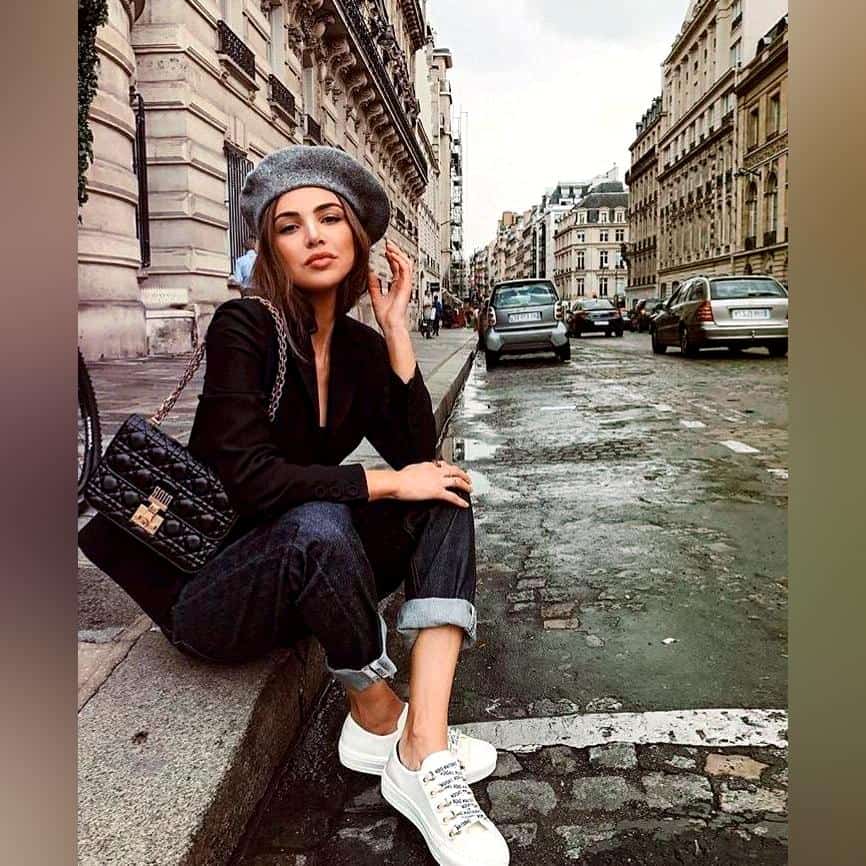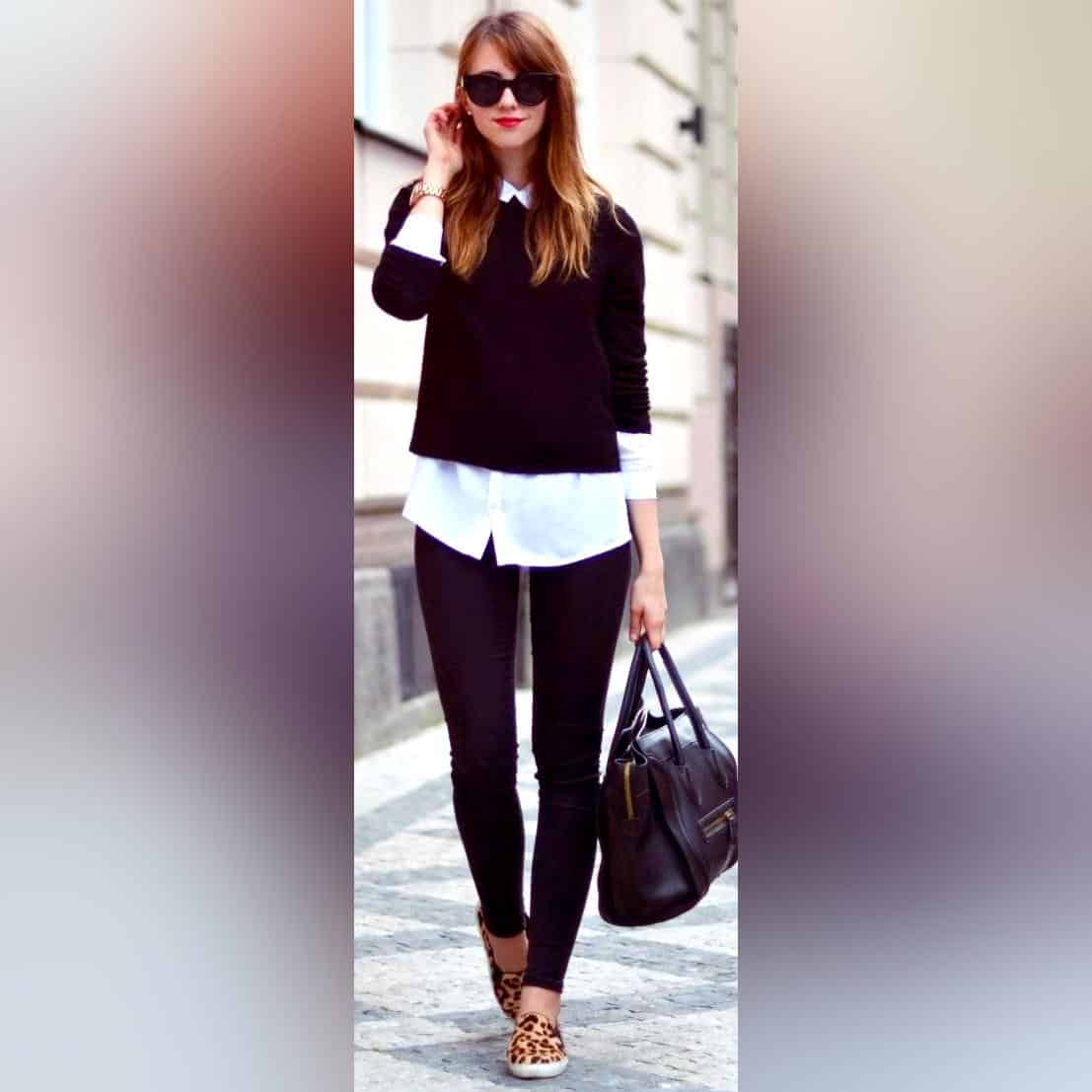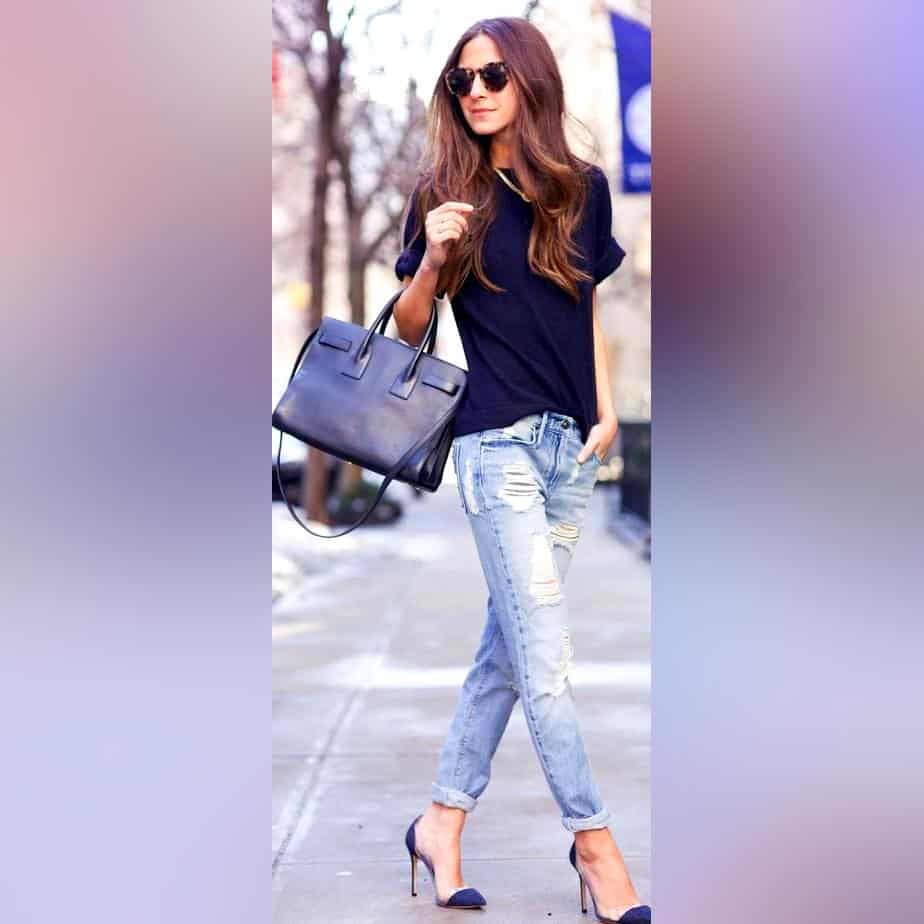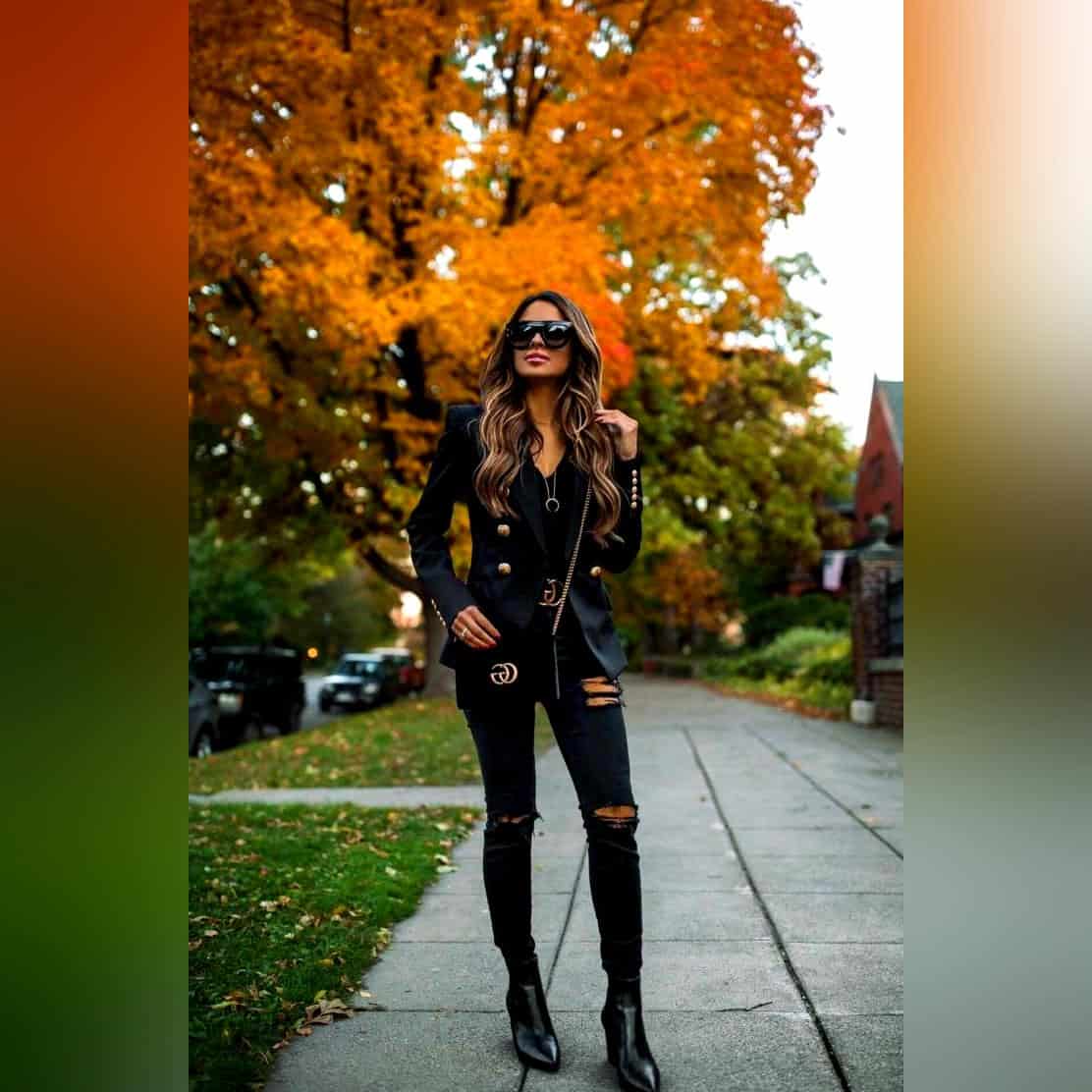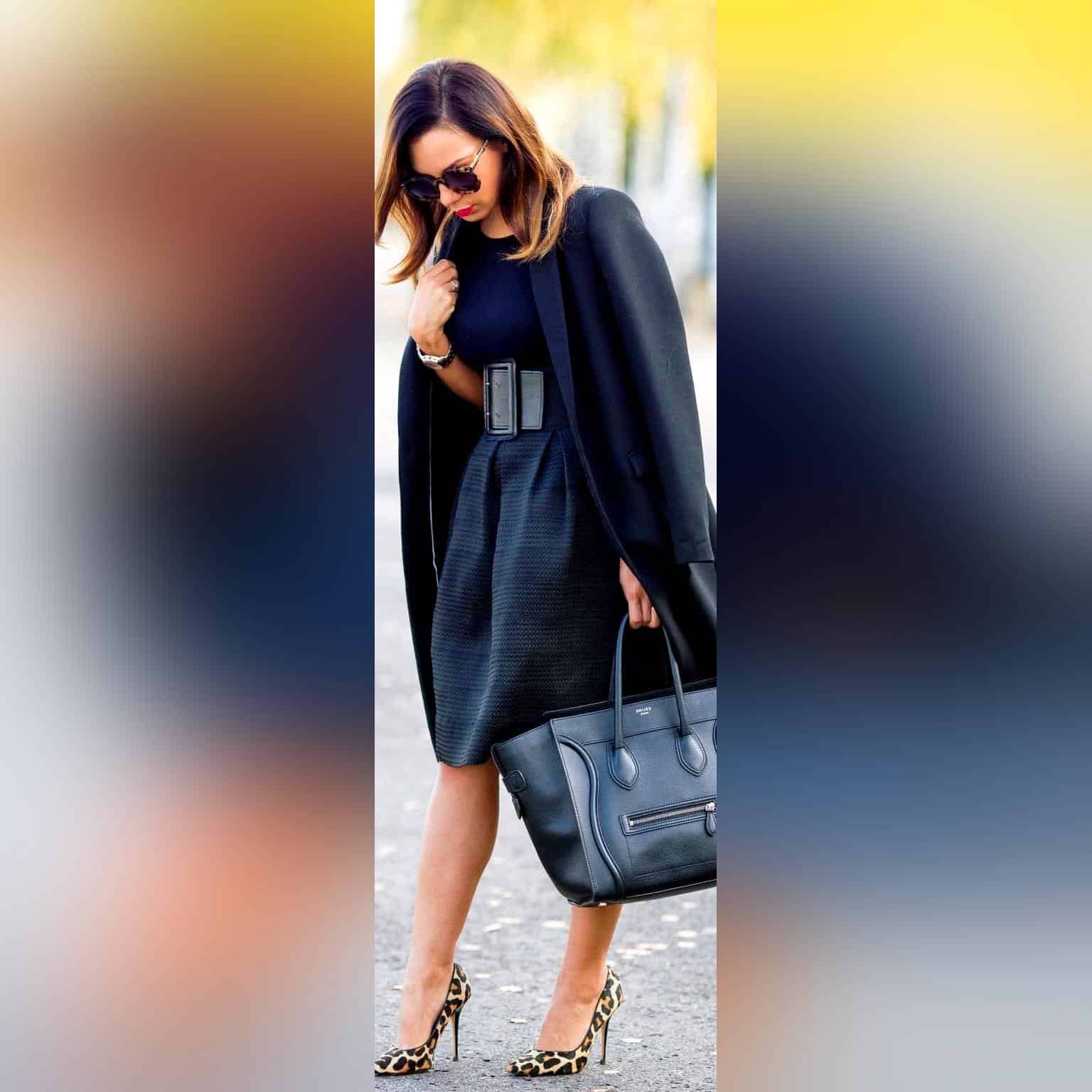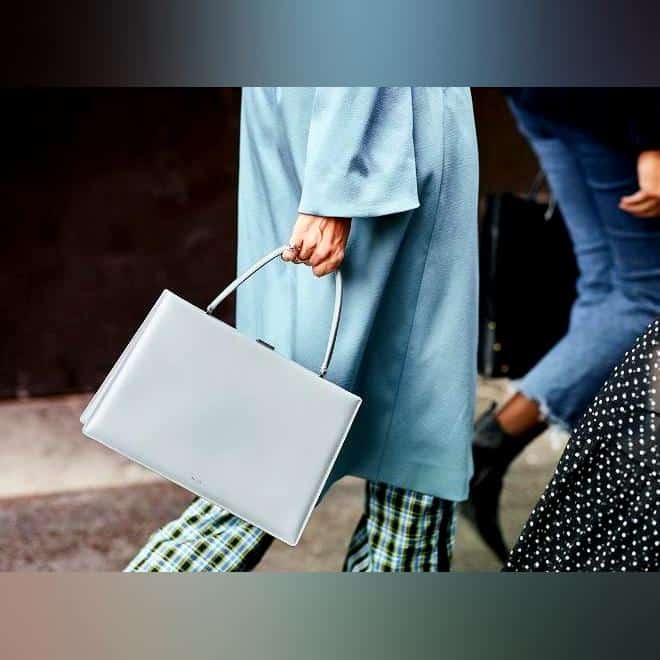The design of a handbag is subjective, but certain elements are essential for all designer handbags. For example, the bag typically has a frame with handles that allows it to be carried by the person holding it. The frame usually consists of one or more straps that are connected at their ends with either metal loops or clips. A strap can also be connected to itself at its ends by means of a metal ring or padlock-like device. In some designer handbags, the straps can also be folded over and connected together by means of an additional clip or ring.
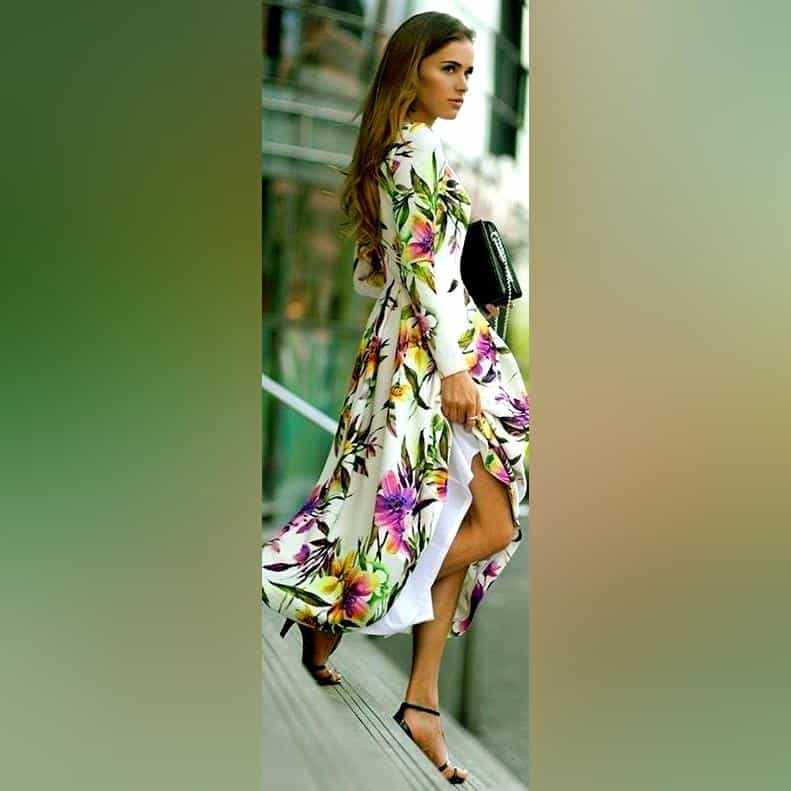
An important aspect of designer handbags is their material content. Most are made from leather, but other materials include fabric, nylon, metal or a combination of materials. The leather used is very high quality. It may come from specific cows that have been genetically bred to produce a high-quality skin, or it may be made from alligator skin or lizard skin. Some leather materials are tanned using vegetable dyes or other chemical processes, while others are dyed using natural pigments. Some leather has been dyed using mordants or other chemical agents that affect the color of the leather.
Although black is a very popular color for handbags, it is not exclusive to designer handbags. In certain instances, the bag may have a black strap—either one that has been tinted black by the seller or one that was originally black but has been dyed black by the buyer. In other instances, black may appear on the outside of the bag in some form or another. For example, it may be a darker shade of black than the original material from which the bag was made.
In addition to color, designer handbags usually have various patterns or designs that are unique to each bag. These patterns are either woven into the fabric of the bag itself or printed onto it using a variety of methods. The application method used depends on what type of design is being used. For example, to create an image of a tiger, dyes might be used to color the leather. On the other hand, a printed tiger pattern might require heat and pressure to transfer the image from some other surface into the leather.
The frame and straps are not always in the same place on all designer handbags. Sometimes they can be beneath one another, or they can change places and appear on opposite sides of the bag. The placement of these elements also affects what is visible on each side of the bag. For example, a purse with straps that are located at the top of the bag will generally have a strap that is visible on only one side of the bag. This is because it will be underneath the handles. On other hand, when the straps are at the bottom of the bag they can be seen on two sides of the bag. In some instances, straps can be positioned both at top and bottom as well as two beside each other.
Some designer handbags have one strap permanently attached to each side or end of it. These are typically used to stabilize the bag when it is carried. When they are not needed, they can be made to disappear by tucking them away beneath the handles.
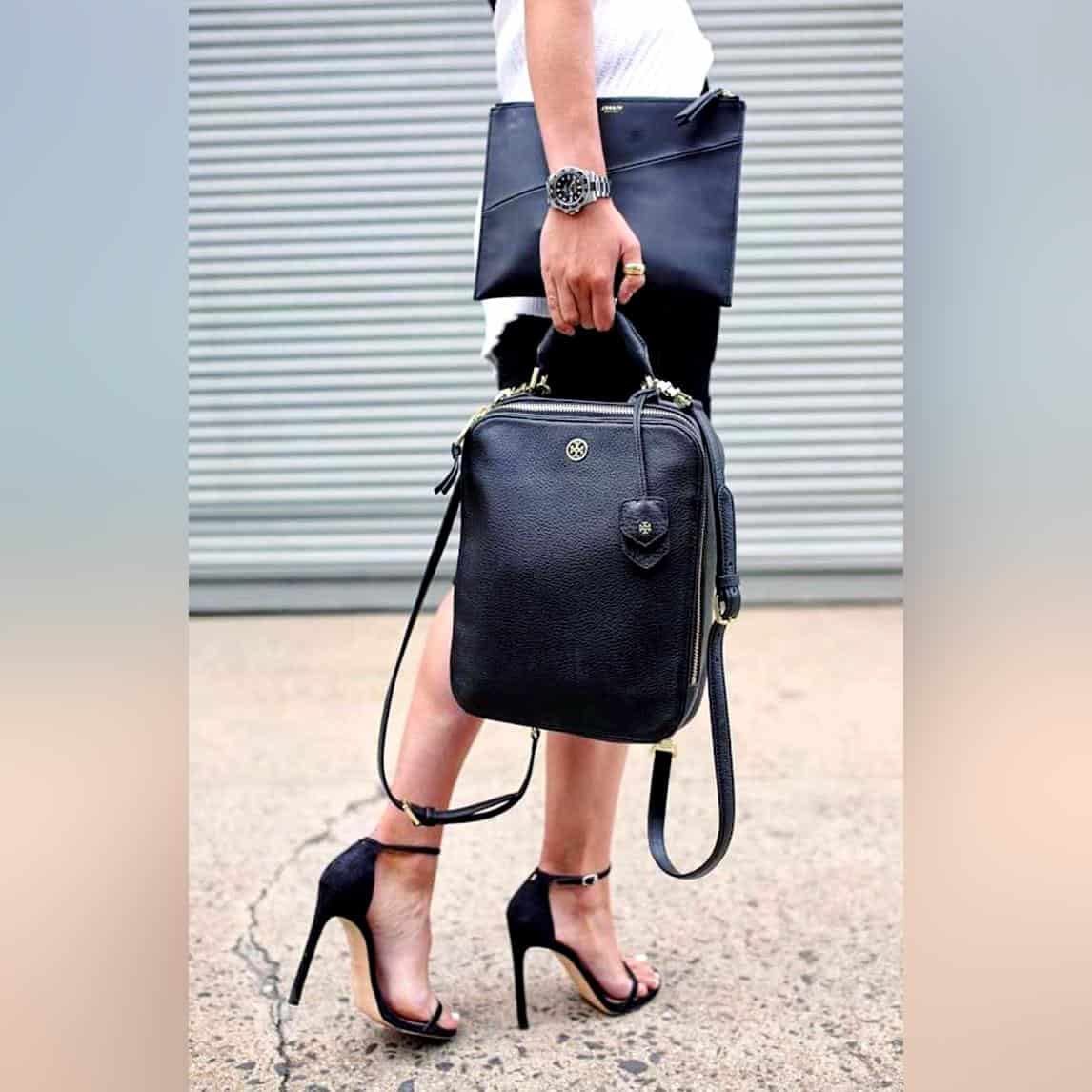

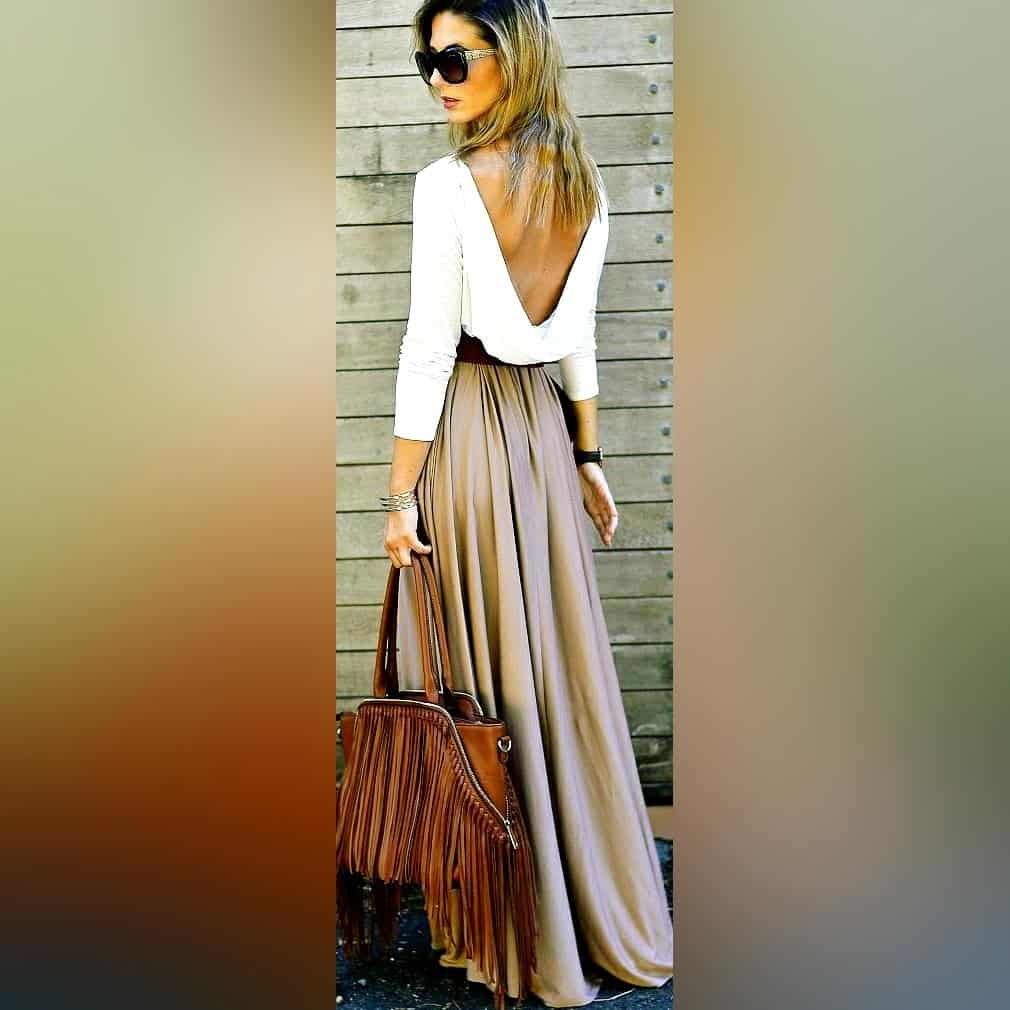
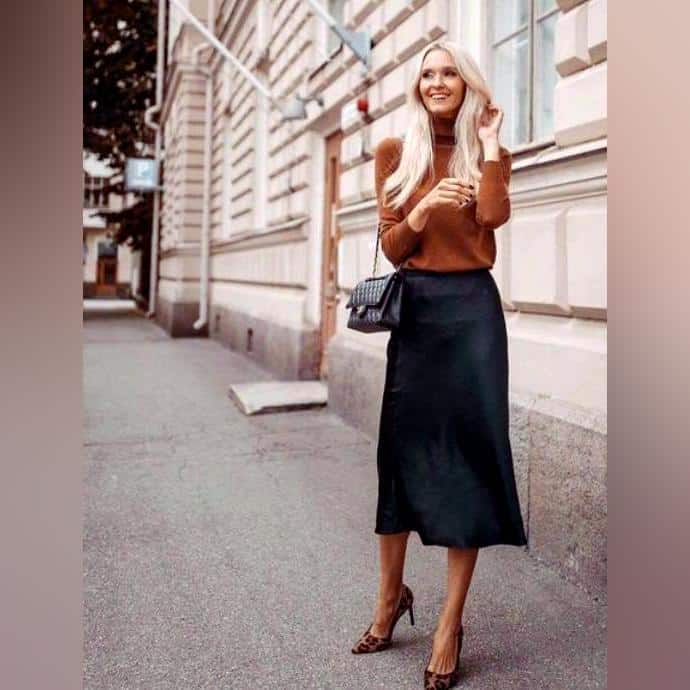
A large proportion of designer handbags include a small pocket or pouch on one or both sides of the bag that is accessed by unzipping the top of the bag. These pouches are usually made from a piece of soft fabric or cloth, and may be attached to an interior side of one of the straps or under another strap that is located elsewhere on the frame. In some instances, the pouches are constructed from leather and usually attached to the straps.
Under designer handbags also vary in size and shape. Some are relatively flat and their shape is designed to allow them to be easily put in a back pocket. Others have a triangular or curved shape, which allows them to be hung on a hook or placed inside another bag. They are constructed from soft leather and can be taken out of the designer handbag whenever they are needed.
A few designer handbags have a small metal lock mechanism at the end of one of their handles. These locks typically consist of a piece of metal that is pinched up and down by pressing the two parts together. The owner of the handbag can then use this lock to fasten the bag to something else—a doorknob or a nearby table, for example. This will prevent anyone from stealing it.
In general, all designer handbags have an opening at one end that allows them to be accessed. This opening may be found in the top of the bag, or it may be at one of the sides. The design of this opening can vary widely. For example, some bags simply have an open area that is covered with only a thin piece of leather to protect the contents and prevent them from falling out. Other bags have zippers or other types of fasteners that can be locked to prevent theft.
Most designer handbags have two straps that are used to carry them over a shoulder or across the chest. However, in some cases, a designer handbag will only have one strap. These one-shoulder bags are known as hobo bags. They are usually worn on the shoulder of the opposite side from which the bag opens. In other instances, a designer handbag may include no straps at all. This style is common for small purses that are carried in hands or on arms.
Some designer handbags have an extra side pocket for additional storage space. This pocket is typically located on one of the sides of the bag, and it is usually covered by a flap. In the case of one-sided pockets, this flap can be actually part of the side itself. This extra storage space can be useful for holding wallets, keys or other small items that may need to be carried with you at all times.
The overall design of designer handbags can vary widely from one bag to another. Some designer handbags are relatively plain and made from inexpensive materials. Others are large and shaped to fit over a woman’s shoulder or body. In some cases, designer handbags are designed to be folded up when they are not being used. A small bag may also contain lots of pockets for added storage space.
Each brand has a different style of design and color scheme, as well as different types of hardware that is attached to the handles and straps on the bags. For example, some designer bags have silver hardware on them while others are made from gold and also contain rhinestones. Some designer handbags have chains instead of straps, or a combination of these two types of hardware.
There are a large number of different styles and designs of designer handbags manufactured by a wide variety of companies. Some are primarily intended for high-end department stores and other similar retail establishments that sell luxury goods. Other designer handbags are made specifically for sale in retail stores that specialize in low-cost, mass-produced items.
Designer handbags can be constructed from a variety of different materials. Leather is the most common because it adds elegance and style to a bag, but other materials such as vinyl, plastic and even cloth can be used. Some designer bags are partially covered with leather while others are not at all. Those that combine leather and other materials can usually be found in the lower price range of handbags.
Depending on their size, some designer handbags can be worn easily by a woman over her shoulder or around her waist. Others are much larger and are meant to be placed on the floor. Some of these large bags have wheels on the bottom of them so they can be pushed forward when they are not being used for carrying.
A common type of designer handbag is one that includes a high-quality lining. A designer bag with an interior lining is particularly useful because it helps prevent any items from falling out when the bag is not being carried by its handles.
